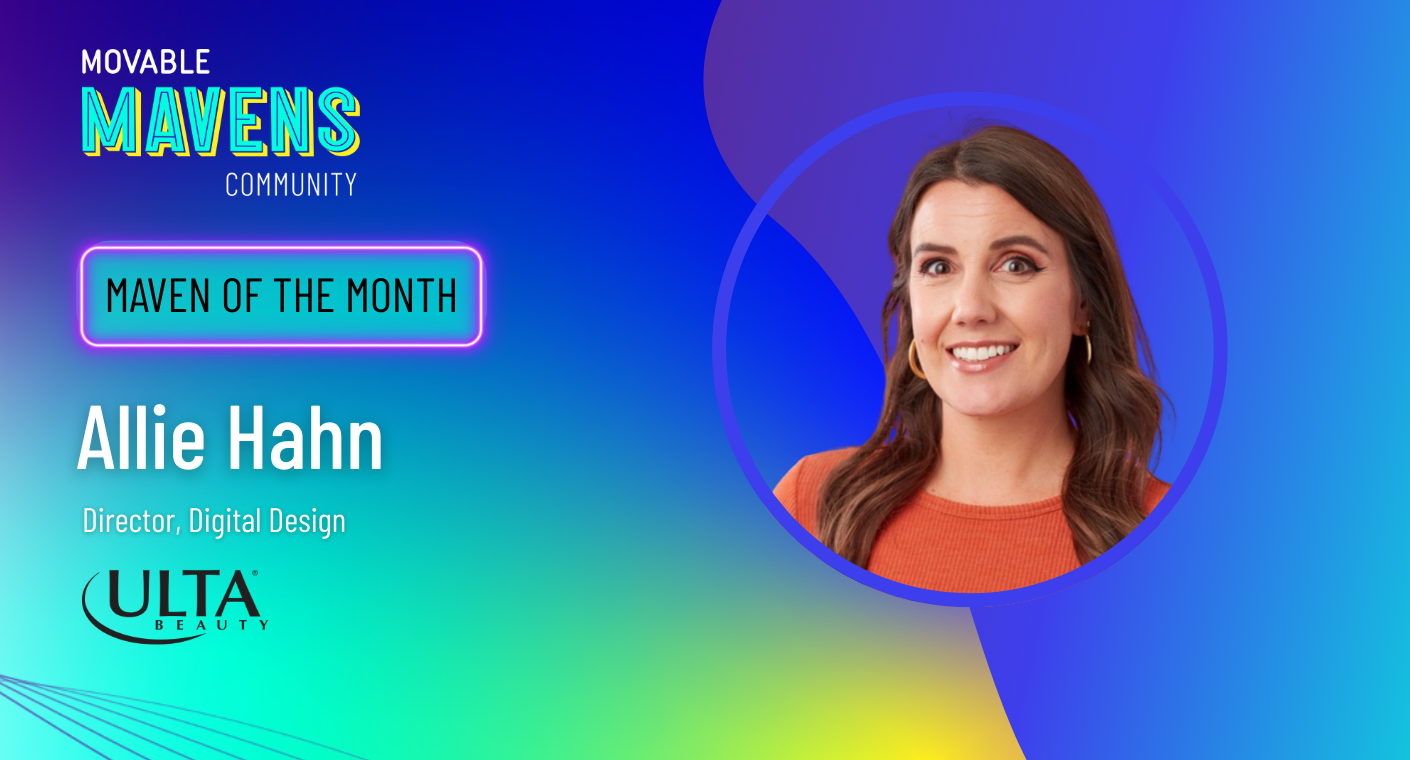Trigger campaigns are essential to nearly every email program. They're all about engaging customers who are intrigued by your offerings and practically shouting, "Tell me more!" These campaigns kick into gear when customers demonstrate clear interest, such as signing up for the branded newsletter, exploring your site, or completing a purchase. And the real kicker is that these emails can achieve up to eight times more opens and generate significantly more revenue than standard bulk emails.
But here's the thing: while these communications reaffirm value and deepen connections along the customer journey, they can often feel generic and transactional, missing a prime opportunity to enhance engagement and drive sales.
To help, we've gathered some of our favorite examples from brands successfully using data-driven personalization to rethink trigger campaigns and engage customers effectively. Read on to get your creative juices flowing!
What’s the problem with standard trigger messages?
Let's delve deeper into the issue. Although trigger campaigns boast an impressive track record due to customers' eagerness to engage, they can suffer from a "set-it-and-forget-it" mentality. This means marketers may not update or test these campaigns as often as needed. Instead of thinking, "If it ain't broke, don't fix it," we need to flip that around and ask, "If it ain't broke, how can we make it even better?" Fortunately, there are simple ways to strategically use your existing data to deliver relevant, customer-centric experiences.
Welcome Series
First impressions can last well beyond the moment they happen. That’s why it’s crucial for brands to make an impact with new customers throughout the rest of their welcome emails, setting the stage for a fruitful, long-lasting relationship. Traditionally, welcome series emails have consisted of generic introductions and a discount, but is this the best we can do?
The Club Monaco marketing team decided to think bigger. They revamped their welcome series by displaying fresh, relevant content for every new customer. Now, with Movable Ink, they’ve created a custom "most viewed by category" app showcasing the most popular items in each section. Taking it a step further, Club Monaco adds a behavioral banner to remind new shoppers to use their welcome discount at checkout. This series includes 18 email variations between the US and Canada, each featuring a refined, on-brand editorial format.

Post-Purchase
So, your customers have received their welcome email and used the discount code for their first purchase—now what? Afterpay, the fintech giant, faced the same challenge. They needed to find a way to encourage second and third transactions from customers after their initial sign-up and purchase.
To get creative, the team pinpointed five key behaviors that lead to habitual purchasing through Afterpay. They gamified the experience, offering a $5,000 prize drawing for customers who completed all five behaviors within 60 days of their initial sign-up. ESP data fields were used to track each customer’s progress and entry into the sweepstakes. As a cherry on top, a countdown from the customer's sign-up date to 60 days later created a sense of urgency to complete the tasks.
The numbers speak for themselves as this strategy saw a 2.1% increase in app log-ins, a 0.7% uplift in second purchases, and a 1.5% uplift in third purchases.

But Afterpay isn't the only one enhancing its trigger personalization game. Toolstation takes a different approach to elevating the post-purchase journey with a trigger campaign aimed at its most loyal customers.
Toolstation crafted an automated email campaign that reached customers a few days after their purchase. This email expressed gratitude for their order and highlighted best-selling products from the category they had recently shopped. For example, if a customer bought a power tool, the personalized follow-up email featured power tool accessories. Integrating this email into the customer journey led to a remarkable 73% increase in revenue.








.png)
.png)





